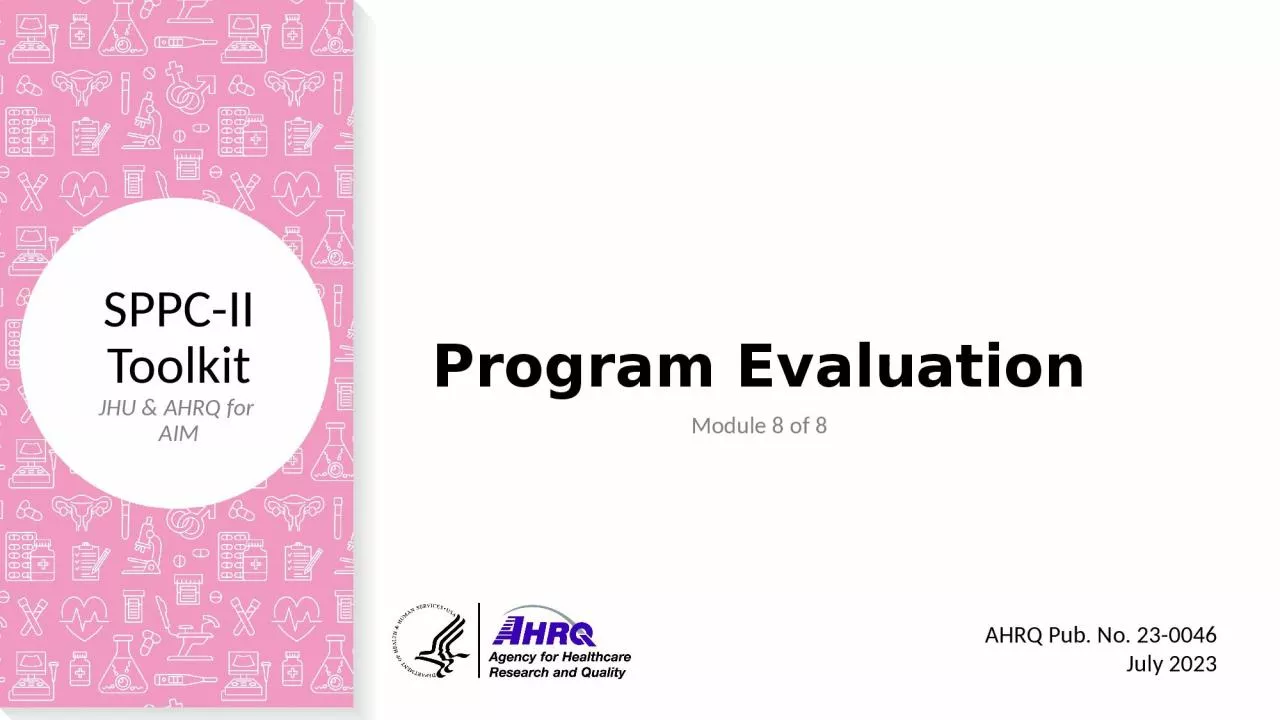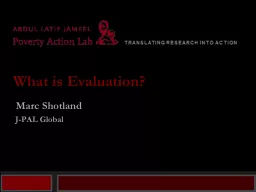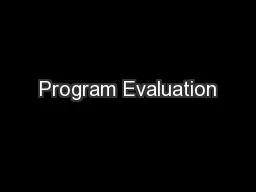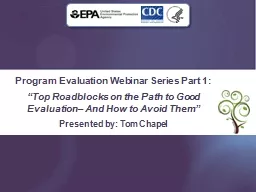PPT-Program Evaluation Module 8 of 8
Author : angelina | Published Date : 2024-01-29
SPPCII Toolkit JHU amp AHRQ for AIM AHRQ Pub No 230046 July 2023 Overview Background information for the SPPCIIDemonstration Project Key program evaluation concepts
Presentation Embed Code
Download Presentation
Download Presentation The PPT/PDF document "Program Evaluation Module 8 of 8" is the property of its rightful owner. Permission is granted to download and print the materials on this website for personal, non-commercial use only, and to display it on your personal computer provided you do not modify the materials and that you retain all copyright notices contained in the materials. By downloading content from our website, you accept the terms of this agreement.
Program Evaluation Module 8 of 8: Transcript
Download Rules Of Document
"Program Evaluation Module 8 of 8"The content belongs to its owner. You may download and print it for personal use, without modification, and keep all copyright notices. By downloading, you agree to these terms.
Related Documents














